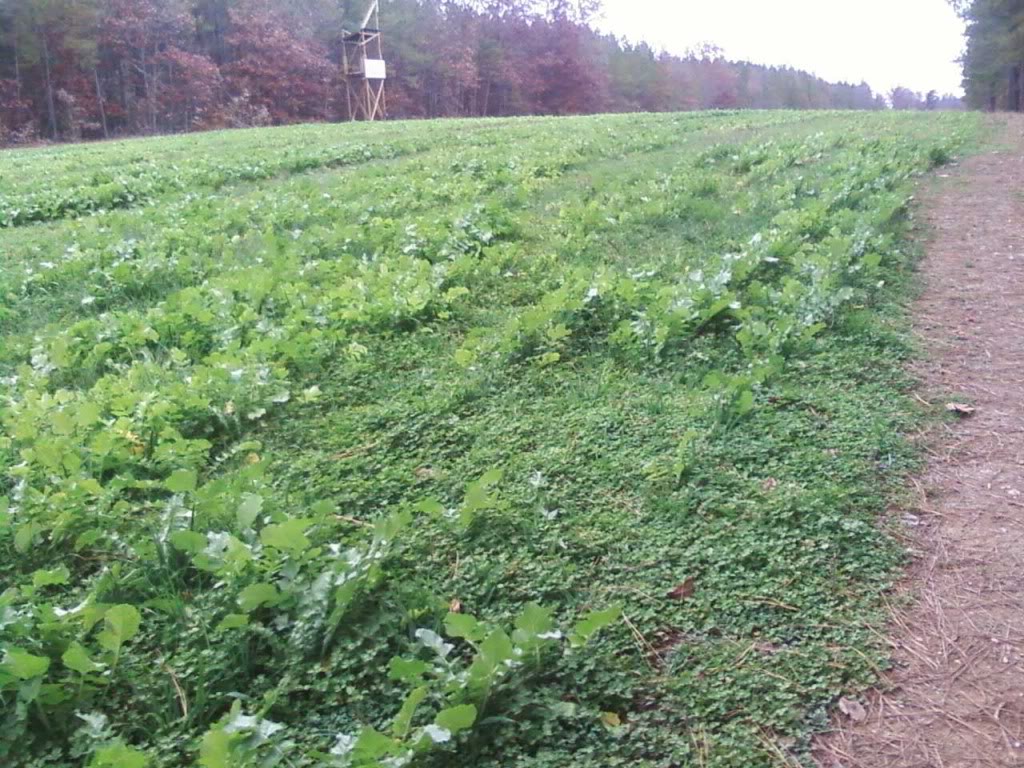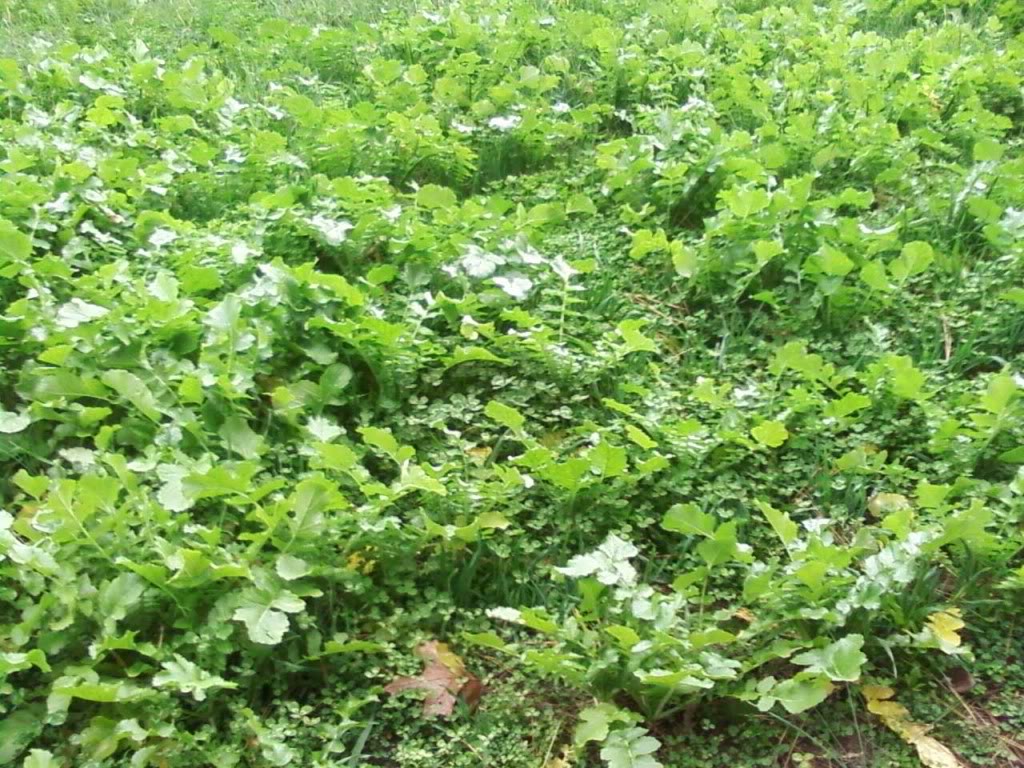Victor Van Meter
5 year old buck +
Is this safe for clover?

Sent from my iPhone using Tapatalk

Sent from my iPhone using Tapatalk

Is this safe for clover?
Sent from my iPhone using Tapatalk


I've got a better option. Weed tolerance! I found that unless you are dealing with a specific problematic weed, weeds, in general, are not a problem in clover fields and often beneficial. We tend to look at farm fields and think that is what our food plots should look like. That is how I started. Since, I've learned that deer use very weedy clover fields just as much if not more than monocultures of clover. Many weeds are more attractive and beneficial to deer than any crop we plant. So, here is the approach I evolved to:
First, I use best practices to establish perennial clover by planting only in the fall with a WR nurse crop. The following spring, Each time the WR hits a foot or so, I mow it back to 6"-8" depending on the type of clover and conditions. This slowly releases the clover over time and the WR helps fight weeds both chemically and by taking up space and resources. I use gly just after planting. I have success with through and mow as well as min-till techniques.
After that, I just mow the clover once in the fall, right before the season. The cool nights and fall rain favor the clover. During mid-summer when you look at the field from the edge, you won't think there was clover in it. It just looks like a field of weeds. You almost need to get on your hands and knees and move the weeds to the side to see the clover. The weeds actually help shade and protect the clover from the heat of summer. When I mow in the fall and conditions favor clover, it really bounces back and looks like a clover field again. Each year, the field has more an more weeds and less and less clover in the fall. This is natural as more N is fixed into the soil and N-seeking plants like grasses take over
Depending on clover variety after 7 to 10 years the field needs refurbished. I've I have time that fall, I'll rotate it into an N-seeking crop for a year and then start over with clover. If I don't I'll refurbish the field. I like to do this in the fall with a good rain in the near-term forecast. I'll mow the field and suppress the clover. I've tried bushogging it flat so the bushhog is almost scalping and I'd tried spraying with 1 qt/ac gly. I think I like the gly method better as it lasts a bit longer. I'll then take my no-till drill and drill radish or WR into the field. The gly top-kills the clover long enough for the radish or WR (both N-seekers) to germinate and get ahead of the clover. It is also strong enough to kill all grasses and many broadleaf weeds.
I've posted these pics on other threads but I'll post them again here for new folks:


You can see how the clover bounces back and fills in around the radish when favorable condition occur in the fall. The radish is good for the soil and uses up some of the excess N as does the WR.
This lets me get a few more years out of the field before I need to do a full rotation and then go back to clover.
I probably would not use the method with glyphosate suppression if I was in a farming area where the weeds have developed gly resistance. Weed tolerance can be used anywhere.
Thanks,
Jack
My problem is pig weed and my local co-op guy said I could do clover for a few years and spray to kill what grows and hopefully be long enough to kill what is in the seed bank already in the ground.
I am always up for options though.
VV
Sent from my iPhone using Tapatalk
A short while ago I was on the same train as Jack and many others that weeds didn’t bother me. That’s just not true anymore. Although deer will browse many of the broadleaf weeds that grow in clover, when I plant something I want it to be what I plant not 20% weeds. Ragweed does zero good in November.
Take clover in my area. Deer will dig thru the snow to eat clover and eat it to the dirt. I have cut down on the acres planted for more cover. I need what I plant to grow without losing a bunch of space to weeds.
But is it normal to not kill anything?
VV
Sent from my iPhone using Tapatalk
But is it normal to not kill anything?
VV
Sent from my iPhone using Tapatalk
Some herbicides takes a few weeks before you see results.
Yes. There are an amazing number of things that need to go right for a herbicide to do it's thing, and even then what you might perceive to be the expected outcome is totally different than what the scientists envision. In my opinion 2,4db is a crappy herbicide with more challenges than benefits. It's been around a long time, replaced by multiple generations of herbicides with better results. Remember, these herbicides are intended for production agriculture and all that needs to happen is for the value of the outcome be greater than the cost of the input. After that, the race is on among companies to see who can make the most money under those conditions. So, it's not a killing sport, it's a money making sport.But is it normal to not kill anything?
VV
Sent from my iPhone using Tapatalk
